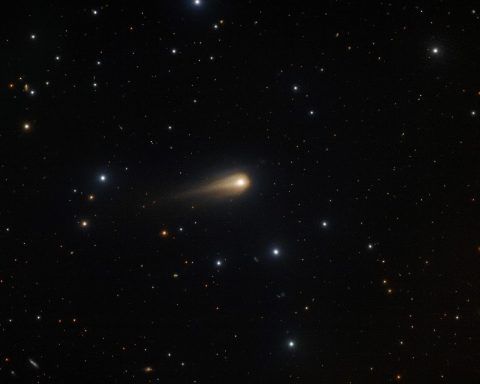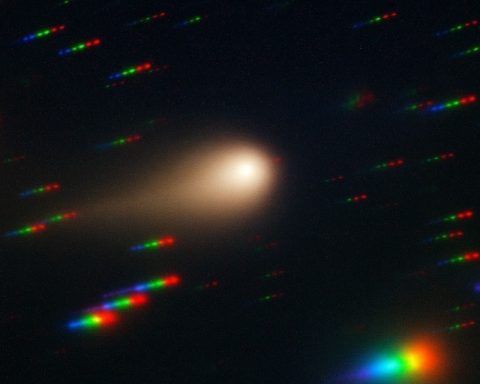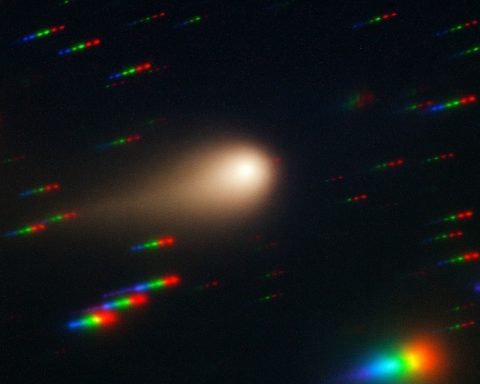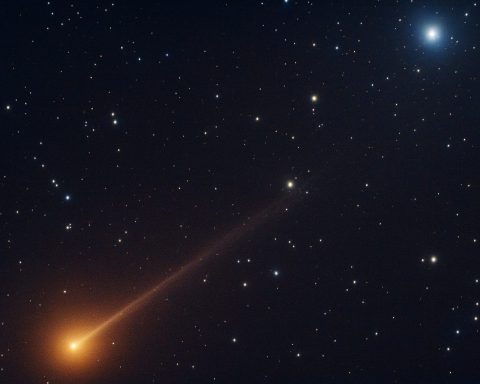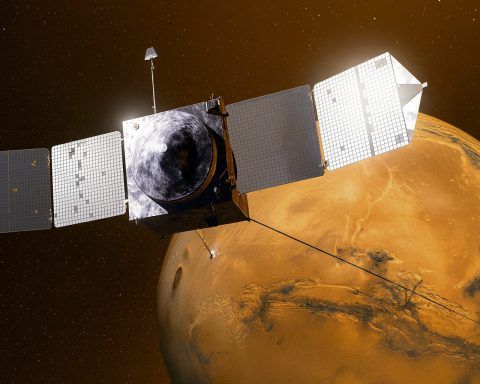
NASA Loses Contact With MAVEN Mars Orbiter: What the Silent Spacecraft Means for Future Mars Missions
NASA is racing to re-establish contact with one of its most important Mars orbiters after an unexpected loss of signal on December 6, 2025. Key facts at a glance What happened to MAVEN? NASA’s MAVEN spacecraft, which has been orbiting

